Marc Müller
Optimistic UI Updates: Enhancing User Experience and Improving Interaction to Next Paint (INP)
#1about 2 minutes
Understanding perceived performance and Core Web Vitals
Web performance has shifted from focusing on initial page load to the entire user experience, as reflected in the evolution of Google's Core Web Vitals.
#2about 4 minutes
Introducing Interaction to Next Paint as a Core Web Vital
Interaction to Next Paint (INP) replaces First Input Delay (FID) to measure the responsiveness of all user interactions throughout a session, not just the first one.
#3about 4 minutes
Breaking down the three phases of a user interaction
An interaction consists of input delay, processing time, and presentation delay, with a total duration under 200ms considered good for INP.
#4about 7 minutes
How to measure INP with field and lab tools
Use field data from Chrome User Experience Report (Crux) and the web-vitals JS library, and lab tools like Lighthouse to identify and reproduce slow interactions.
#5about 4 minutes
Addressing network latency's impact on INP
Network requests made during an interaction's processing time can significantly increase INP, and while loading states fix the metric, they don't improve perceived performance.
#6about 4 minutes
Implementing optimistic UI for instant user feedback
Optimistic UI improves perceived performance by immediately showing the successful result of an action while the network request completes in the background.
#7about 2 minutes
Combining optimistic UI with loading states for complex interfaces
A hybrid approach uses optimistic updates for low-risk changes and traditional loading states for critical actions like price calculations to balance speed and accuracy.
#8about 5 minutes
A framework for deciding when to use optimistic UI
Apply optimistic UI only when the action has a high success rate, errors can be easily rolled back, and enough information is available to present an accurate update.
#9about 5 minutes
Conclusion: Always prioritize clear user feedback
Whether using optimistic UI or not, the ultimate goal is to keep the user informed about the status of their interactions to build trust and improve perceived performance.
Related jobs
Jobs that call for the skills explored in this talk.
Matching moments

15:27 MIN
Improving Interaction to Next Paint (INP) responsiveness
Core Web Vitals: Put your application into orbit with best practices

43:12 MIN
Strategies for optimizing Interaction to Next Paint
What you need to know about Core Web Vitals
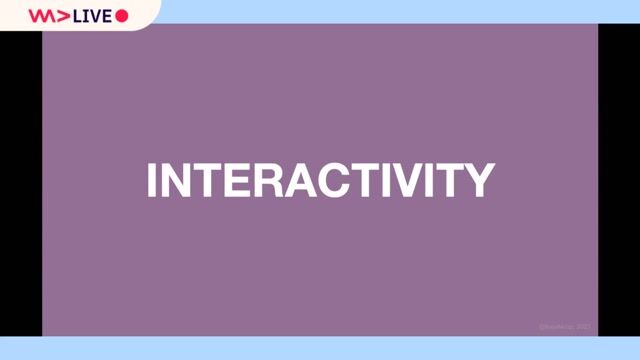
39:56 MIN
Understanding the shift from FID to Interaction to Next Paint
What you need to know about Core Web Vitals

05:17 MIN
Introducing the three Core Web Vitals metrics
What you need to know about Core Web Vitals

06:47 MIN
Understanding key frontend performance metrics and KPIs
Frontend Performance Testing in practice
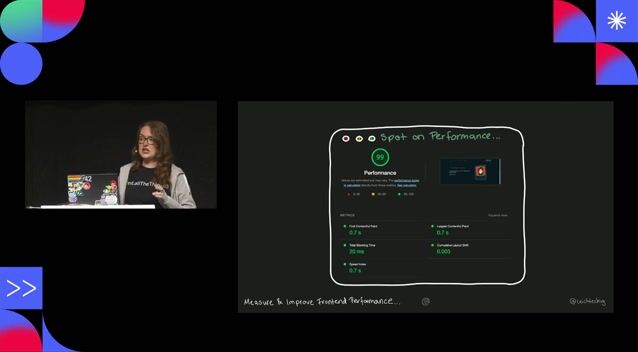
18:40 MIN
Understanding the Core Web Vitals user experience metrics
Measure and improve frontend performance by using test automation
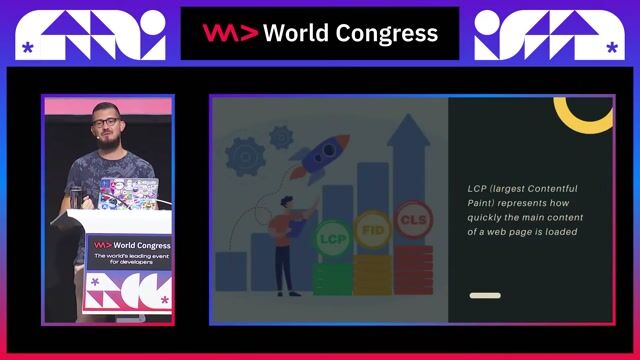
07:03 MIN
How to optimize the Largest Contentful Paint (LCP)
Core Web Vitals: Put your application into orbit with best practices
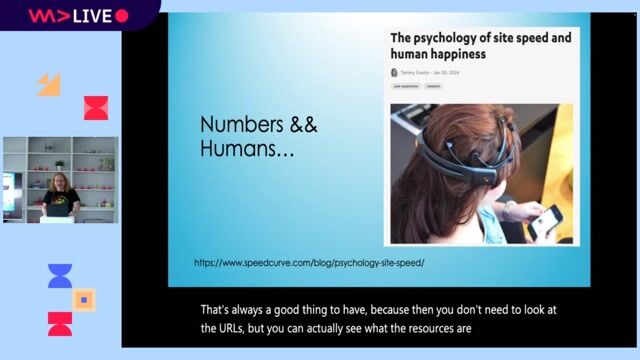
02:06 MIN
Connecting site speed to user happiness
Catching up on the basics you don't really need that much code
Featured Partners
Related Videos
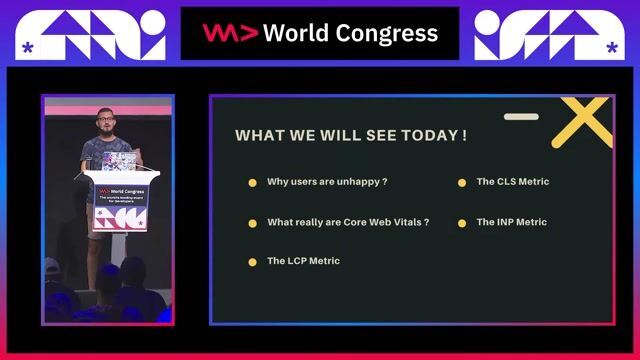 19:52
19:52Core Web Vitals: Put your application into orbit with best practices
Nicolas Frizzarin
 26:44
26:44Next.js Unleashed: Optimizing Web Vitals for superior User Experience
Eileen Fürstenau
 58:59
58:59What you need to know about Core Web Vitals
Ines Akrap
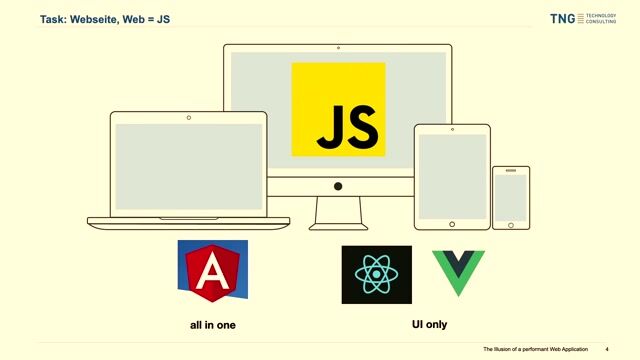 28:56
28:56The Illusion of a Performant Web Application
Cathrin Möller
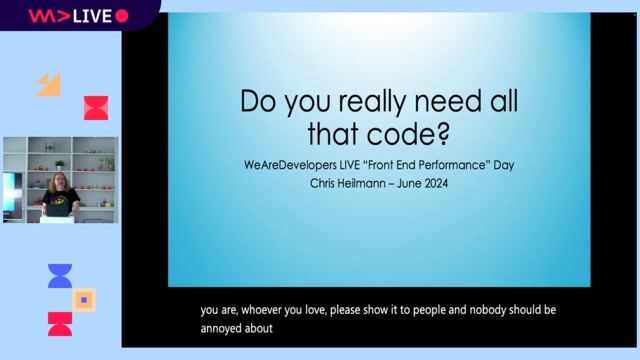 14:44
14:44Catching up on the basics you don't really need that much code
Chris Heilmann
 22:46
22:46What’s New and What’s Next in Web UI
Cleyra Uzcategui
 29:57
29:57Is your Progressive Web App Lazy? How to read and improve your PWA Performance
Laura Morinigo
 27:01
27:01The Journey of a Pixel in a React Application
Shem Magnezi
From learning to earning
Jobs that call for the skills explored in this talk.
![Senior Software Engineer [TypeScript] (Prisma Postgres)](https://wearedevelopers.imgix.net/company/283ba9dbbab3649de02b9b49e6284fd9/cover/oKWz2s90Z218LE8pFthP.png?w=400&ar=3.55&fit=crop&crop=entropy&auto=compress,format)
Senior Software Engineer [TypeScript] (Prisma Postgres)
Prisma
Remote
Senior
Node.js
TypeScript
PostgreSQL







Web- & Digital Designer - Figma, Elementor & Performance Design
Liftoff Marketing GmbH
Remote
€42K
Intermediate
HTML
Figma
WordPress
+3
